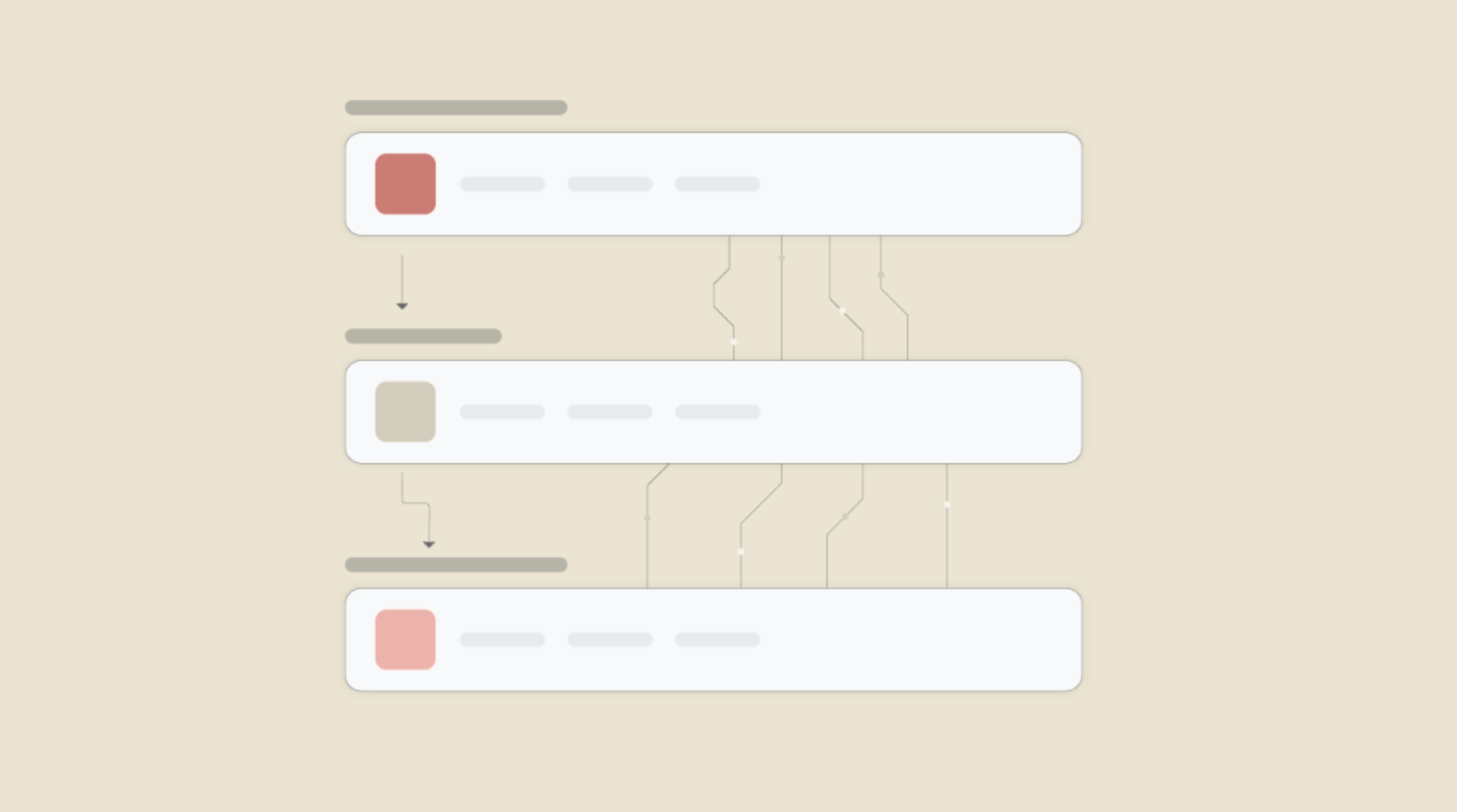Connect Timeero and Zendesk Sell to Build Intelligent Automations
Choose a Trigger

When this happens...

Job Created

Job Updated

Job Deleted

User Created

User Updated

User Deleted

Group Created

Group Updated

Group Deleted

Schedule Created

Schedule Updated

Schedule Deleted

Task Created

Task Updated

Task Deleted

Timesheet Created

Timesheet Updated

Timesheet Deleted
Choose an Action

Automatically do this!

Update a Company

Stop Sequence Enrollment

Create product in a Catalog

Update product in a Catalog

Find a Task

Create a Lead

Create a Note

Find a Person

Find a Lead

Find a Contact

Find a Deal Stage

Find a User

Find a Product in Catalog

Find a Deal Source

Find a Deal

Find a Company

Create a Person

Create a Company

Create a Task

Create a Deal

Update a Person

Update a Deal

Update a Lead

Retrieve All Contacts

Retrieve All Custom Fields

Retrieve All Deal Sources

Retrieve All Deals

Retrieve All Lead Conversions

Retrieve All Lead Sources

Retrieve All Lead Unqualified Reasons

Retrieve All Lead

Retrieve All Notes

Retrieve All Orders

Retrieve All Pipelines

Retrieve All Products

Retrieve All Tags

Retrieve All Tasks

Retrieve All Users
Ready to use Timeero and Zendesk Sell automations
Explore more automations built by businesses and experts
Automate Instagram Comment Replies with Smart DMs
- text is ai
 ReplytoComment
ReplytoComment Send a Private ReplyAdd Step
Send a Private ReplyAdd Step - Is guide comment
 ReplytoComment Guide
ReplytoComment Guide Send a Private Reply GuideAdd Step
Send a Private Reply GuideAdd Step - multi keyword matchcmntdqJzLMYS
 ReplytoCommentMultiKeywordAdd Step
ReplytoCommentMultiKeywordAdd Step
Automate Expense Report Approvals via Slack & QuickBooks
- Send for Approval accept
 Create Entry of expensesAdd Step
Create Entry of expensesAdd Step - Send for reject
 Mail for RejectionAdd Step
Mail for RejectionAdd Step
Automate Instagram DM Replies, Reactions, and Team Alerts
- has response
 SendDMMessageAdd Step
SendDMMessageAdd Step - Notify team
 SendMailAdd Step
SendMailAdd Step - has react
 SendDMMessage ReactAdd Step
SendDMMessage ReactAdd Step
Actions and Triggers
When this happensTriggers
A trigger is an event that starts a workflow.
Job Created
Triggers when new job is created.
Job Updated
Triggers when an existing job is updated.
Job Deleted
Triggers when an existing job is deleted.
User Created
Triggers when an user is created.
User Updated
Triggers when an existing user is updated.
User Deleted
Triggers when an existing user is deleted.
Do thisActions
Action is the task that follows automatically within your Timeero integrations.
Create Task
Creates a Task.
Create Job
Creates a Job.
Delete Job
Delete an existing job .
Create Timesheet
Creates a Timesheet.
Get Timesheets
Get time based on the date.
Clock In
Clock in by user.
Know More About Timeero and Zendesk Sell Integrations

How viaSocket Works | A Complete Guide
Gain insights into how viaSocket functions through our detailed guide. Understand its key features and benefits to maximize your experience and efficiency.

5 Simple Automation Hacks to Make Your Team Free
Unlock your team's potential with 5 straightforward automation hacks designed to streamline processes and free up valuable time for more important work.

What is Workflow Automation - Definition, Importance & Benefits | A Complete Guide
Workflow automation is the process of using technology to execute repetitive tasks with minimal human intervention, creating a seamless flow of activities.
Frequently Asked Questions
To start, connect both your Timeero and Zendesk Sell accounts to viaSocket. Once connected, you can set up a workflow where an event in Timeero triggers actions in Zendesk Sell (or vice versa).
Absolutely. You can customize how Timeero data is recorded in Zendesk Sell. This includes choosing which data fields go into which fields of Zendesk Sell, setting up custom formats, and filtering out unwanted information.
The data sync between Timeero and Zendesk Sell typically happens in real-time through instant triggers. And a maximum of 15 minutes in case of a scheduled trigger.
Yes, viaSocket allows you to add custom logic or use built-in filters to modify data according to your needs.
Yes, you can set conditional logic to control the flow of data between Timeero and Zendesk Sell. For instance, you can specify that data should only be sent if certain conditions are met, or you can create if/else statements to manage different outcomes.
About Zendesk Sell
Elevate your sales process with Zendesk Sell, a powerful sales automation and CRM platform designed to help you close deals faster and build stronger customer relationships.
Learn More


